Henry Ford Museum
Introduction
Text-to-speech Audio
One of the largest and most significant museums of American history, the Henry Ford is a vast complex of indoor and outdoor exhibits. The complex includes the Henry Ford Museum and Benson Ford Research Center as well as two other major attractions: Greenfield Village and the Ford Rouge Factory. Among the one-of-a-kind treasures on display in the museum are the chair that Abraham Lincoln was sitting in the moment he was shot, the bus that Rosa Parks boarded in Montgomery, JFK's presidential limousine, and of course, many historic Ford vehicles. The museum places a special emphasis on mechanical innovation.
Images

Building of the museum complex
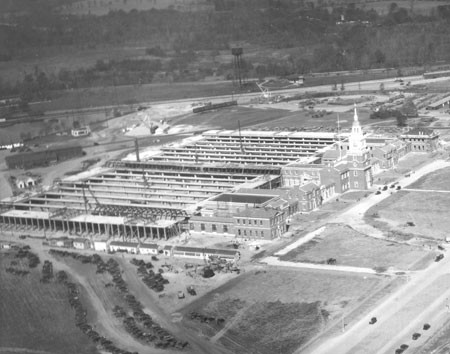
The museum with architect Robert O. Derrick
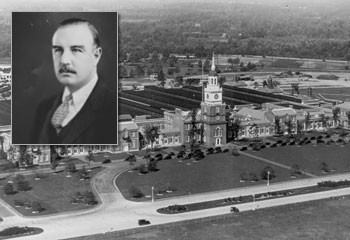
Inside the museum in its early years
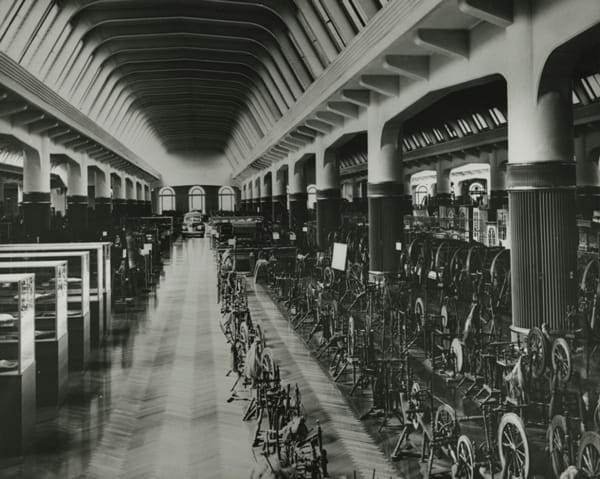
1941 Alleghany steam locomotive
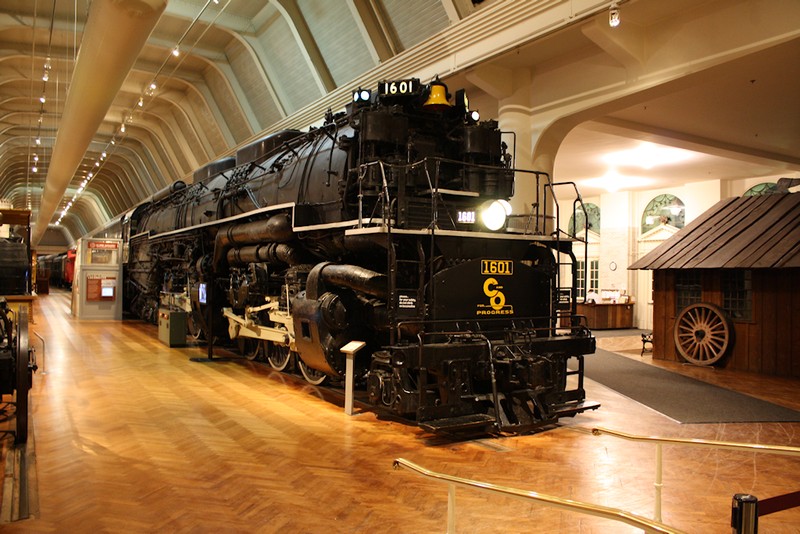
The Rosa Parks bus
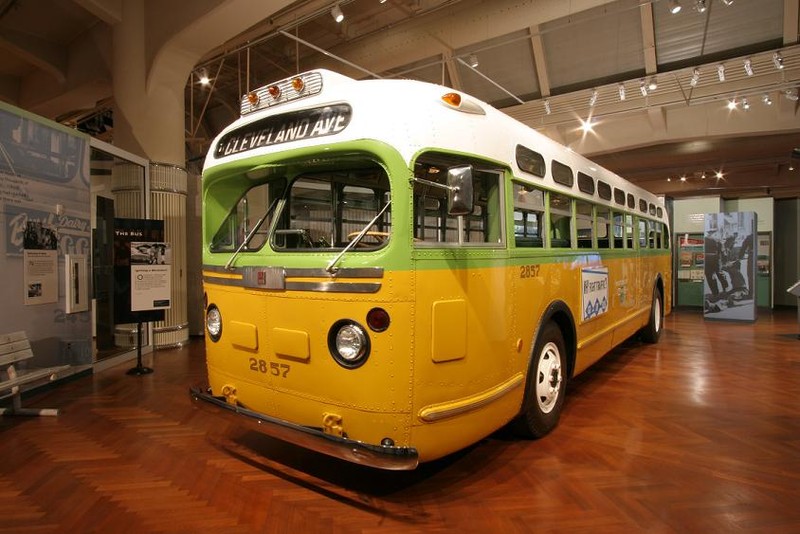
The Dymaxion House
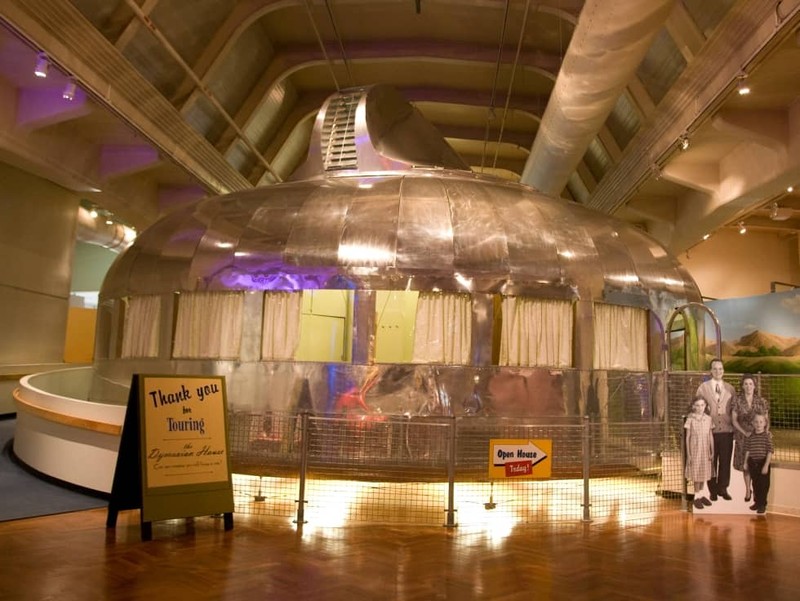
"Exploded" Model T, demonstrating how Ford's assembly line worked
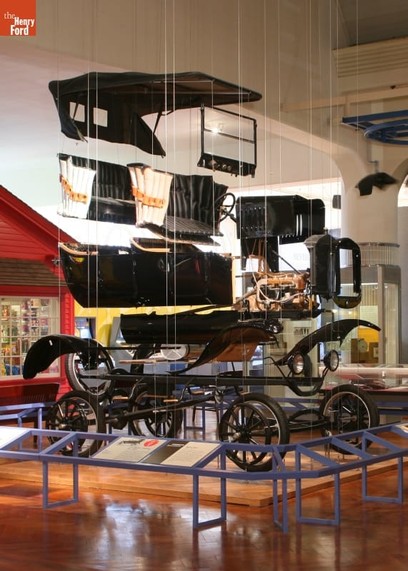

Backstory and Context
Text-to-speech Audio
Automotive pioneer Henry Ford was a great collector. He was especially fascinated with anything that exemplified scientific innovation and ingenuity, from everyday agricultural tools to advanced technological marvels that changed the course of human history. On October 21, 1929, he dedicated the Henry Ford Museum (and nearby Greenfield Village) to share his vast historical collection in the hopes of inspiring the American public. Ford specifically chose the date as it was the fiftieth anniversary of his hero Thomas Edison’s successful experiment creating the incandescent light bulb. Ford invited Edison and President Hoover to attend his “Light’s Golden Jubilee” dedication ceremony. The men made a grand entrance to the event, arriving for dinner at the museum in an 1850s steam locomotive.
From the beginning, the Henry Ford Museum has showcased exhibits on the history of American technological progress. Architect Robert O. Derrick designed the exterior of the museum to resemble Independence Hall in Philadelphia. Henry Ford rejected the idea of having storage facilities and insisted that the entire collection be out in the open for visitors to see. The museum layout was therefore in flux for years even after opening to the public in 1933. 1
The museum has sections dedicated to agriculture, manufacturing, power and energy, furniture, railroads, aviation, and of course, automobiles. Henry Ford loved tinkering with various mechanical objects when he was young, and the museum also has his collections of smaller items like watches, clocks, firearms, violins, and telephones. Antique agricultural equipment on display includes an early John Deere plow, a 1917 Fordson tractor, and a 1938 Massey-Harris gas-powered grain combine. Visitors can tour the Dymaxion House, a 1945 prototype of a circular aluminum house designed by architect R. Buckminster Fuller to be the most cost-efficient home in the world. Hands-on activities such as building a Model T and participating in an assembly line engage visitors young and old.
Transportation appropriately plays a large role in the exhibits of the Henry Ford Museum. The “Heroes of the Sky” exhibit features significant historic airplanes such as the 1925 Fokker flown by Richard Byrd on an exhibition to the Arctic Circle and a replica of the Wright Brothers’ 1903 Flyer. Railroad transportation is represented by a huge 1941 Alleghany steam locomotive, one of the largest and most powerful ever built. The “Driving America” section has the world’s oldest car in existence, the 1865 Roper, and Ford’s first gas-powered car, the 1895 Quadricycle, among many others. There is also a collection of vehicles owned and used by US Presidents, including the limousine John F. Kennedy was in the day he was assassinated.
In the “With Liberty and Justice for All” exhibit, guests are taken through four important movements in US history: the Revolutionary War, the Civil War, the Women’s Suffrage Movement, and the Civil Rights Movement. Important artifacts in this exhibit include a copy of Thomas Paine’s “Common Sense” pamphlet, George Washington’s camp bed, the chair that Abraham Lincoln was shot in, and the bus that Rosa Parks was riding when she refused to give up her seat to a white man in 1955.
Cite This Entry
Nickel, Jamie and Clio Admin. "Henry Ford Museum." Clio: Your Guide to History. March 10, 2024. Accessed April 4, 2025. https://theclio.com/tour/1697/3/reverse
Sources
1. "The Henry Ford: History & Mission." The Henry Ford Official Website. Accessed June 2, 2016. https://www.thehenryford.org/history-and-mission/

